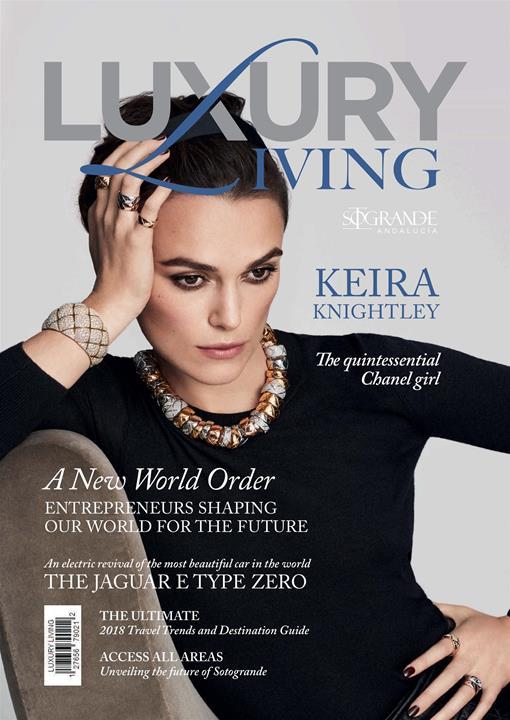 For the lucrative luxury market, the idea that print is out of fashion has never felt more outdated, according to Print Power. The stats themselves prove this to be true:
For the lucrative luxury market, the idea that print is out of fashion has never felt more outdated, according to Print Power. The stats themselves prove this to be true:
- 55% of luxury brands’ advertising spend will go to print magazines in 2019 (this was true last year as well)
- Luxury marketers understand print’s effectiveness
- Print signals quality and reflects a luxurious brand identity
- Print raises brand trust and visibility in a multi-channel campaign.
Yet stats alone don’t tell the whole story. So Print Power investigated what luxury brand marketers had to say, based on their own experience.
“Print is a natural place to belong for luxury brands – they share similar values,’ said Moët Hennessy’s Global Branding and Media Director Véronique Louise. “In a world of fake news and superficial images, where time is lacking, print publications stand for substance and meaning.
“What sets a luxury brand apart from an everyday brand lies in its essence, which is an act of creation. It’s about a vision brought to life via an uncompromising commitment to craftsmanship,” Louise continues. “Sustainable quality and creativity are the reasons why consumers grant luxury brands their trust, why they are inspired by them. In the same way, it takes time to craft a lux product or experience, print offers a precious time of lean back to its readers; it develops trusted POVs and offers a great and safe environment for the brand. Print has an important role to play in the connecting strategy of lux brands.”
While print is neither fast, cheap nor easy, luxury brand marketers understand its value lies in the very fact of what it’s not.
“There is so much more authenticity with print design compared to digital,” said Jo Stedman, Creative Director of SO Creative in London. “With websites, no matter how good the design, how fabulous the photography or how slick the transitions, there’s always a glass screen between you and it. So the look and feel of everything you see has an element of sameness simply because every single thing is displayed behind glass.
“As a result, it’s just not possible to achieve the same true uniqueness that you can with print,” she continues. “You can’t feel it, you can’t smell it, there’s just no tactility at all. Something which I believe is necessary for luxury brands.”
And because print does require more time, effort and budget to create, there is a cachet of exclusiveness, a velvet rope appeal, which luxury brands enjoy.
“Print was critical to the marketing strategy of Christie’s International Real Estate (CIRE),’ explained Kitty Finstad, former Editor-in-Chief of Christie’s International Real Estate print magazine and its blog, Luxury Defined.
“For the CIRE affiliates – an invitation-only network of global luxury real estate professionals – the print format was familiar and, at a time when consumers were deluged with app overload, the print distribution strategy allowed us to literally get in front of auction clients, and into first-class airport and private-aviation lounges, members’ clubs, five-star hotels …,” she continued.
Ultimately every marketing decision made by your brand signals something. By including print in the mix, you are signaling an understanding of the power of quality, trust and human engagement. And that’s a pretty powerful signal to send out.
